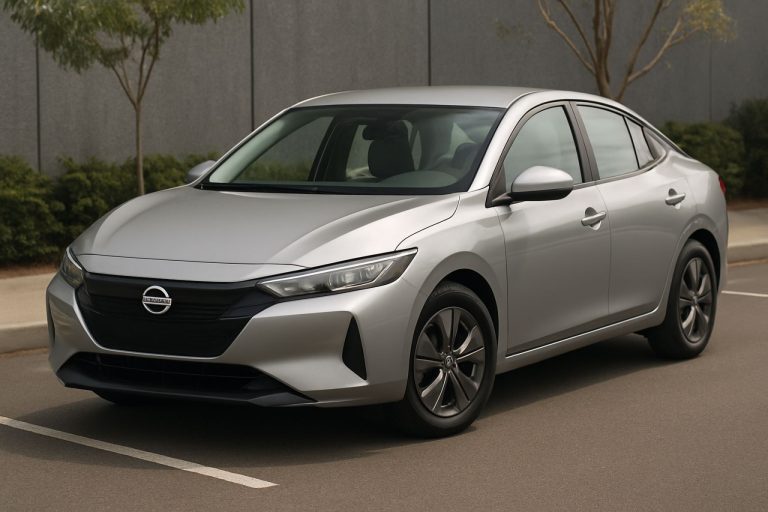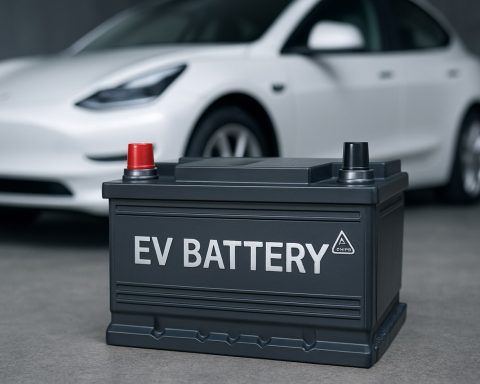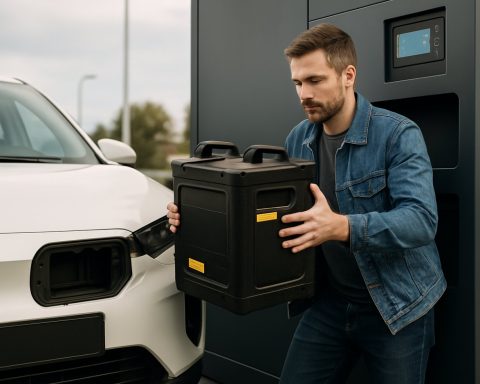The EV Battery Boom: Why the Global Market Will Hit $280 Billion by 2032—and Who Will Win
The global EV battery market is projected to explode, tripling by 2032 as new tech, big players, and surging demand electrify the industry.
• Market Value to Jump: $95B (2025) → $280B (2032)
• Projected CAGR: 16.5% (2025-2032)
• Market Leaders: CATL, LG Energy Solution, Panasonic, Tesla
• Fastest-Growing Region: Europe
Ready or not, the electric vehicle (EV) battery market is heading for a supercharged future. The latest research by HTF Market Intelligence signals a seismic shift: the global EV battery market will leap from $95 billion in 2025 to an eye-popping $280 billion by 2032.
A surge in sustainable transport, government incentives, and relentless pursuit of longer-range vehicles are fueling unprecedented demand for EV batteries. Tesla, CATL, LG Energy Solution, and other battery titans are racing to innovate, making this sector one of the hottest investment zones of the decade.
Q&A: What’s Driving the EV Battery Market’s Explosive Growth?
Q: Why is the EV battery market accelerating so quickly?
A: Stricter emission regulations, mass adoption of EVs, improved battery technology, and aggressive climate targets are causing a demand shock. The EV revolution is here, and batteries are at its heart.
Q: Which technologies are shaping the next wave?
A: Among the leaders are next-gen lithium-ion, solid-state, LFP (lithium iron phosphate), and NMC (nickel manganese cobalt) batteries. Solid-state technology promises lighter, longer-lasting, and safer batteries, potentially changing the global energy landscape.
Q: Who are the key players to watch?
A: Dominance is split between Asian giants (CATL, BYD, Panasonic, Samsung SDI, LG Energy Solution) and innovative Western challengers (Tesla, QuantumScape, Solid Power, Northvolt). Each is rapidly scaling production, with new gigafactories popping up from China to Sweden.
How Do Different Regions Stack Up?
The Asia-Pacific region maintains its lead, controlling the largest slice of the pie due to mega-factories and an advanced supply chain. But Europe is sprinting ahead, with new factories, regulatory support, and an ambitious target to phase out fossil-fuel vehicles.
In North America, investments in battery manufacturing and recycling infrastructure are surging. The U.S. champions both established industry leaders and venture-backed battery start-ups fighting for a piece of the action.
What Are the Top Opportunities in the EV Battery Space?
- Advances in solid-state technology could upend the market if commercialized on a mass scale.
- Battery swapping stations and ultra-fast charging networks are unlocking new business models.
- Second-life battery programs and recycling promises new revenue streams.
- Automotive, marine, and energy storage applications are primed for disruption.
However, the industry faces steep challenges—securing a sustainable supply of rare metals, slashing manufacturing costs, and ensuring robust battery recycling to meet green targets.
How to Navigate the EV Battery Market in 2025 and Beyond?
- Watch Policy: Monitor government initiatives and carbon regulations, especially in Europe and China.
- Track Tech Trends: Follow developments in solid-state, LFP, and battery management systems.
- Analyze Regional Activity: Look for emerging gigafactories and supply chain moves worldwide, especially in APAC and Europe.
- Consider Investment Safety: Address rare metal supply risks and recycling capabilities.
Curious about industry strategy? Check out global auto ambitions at Hyundai, energy sector pivots at Shell, or the latest tech breakthroughs at Panasonic.
Checklist: Seize the EV Battery Opportunity in 2025
- Follow regulatory shifts and government incentives
- Identify breakthrough battery tech developments
- Track leading and emerging manufacturers
- Assess rare materials and recycling risks
- Monitor global gigafactory construction and partnerships
Ready for the battery-powered future? Act now—position yourself before the next big jolt in the EV sector hits.










